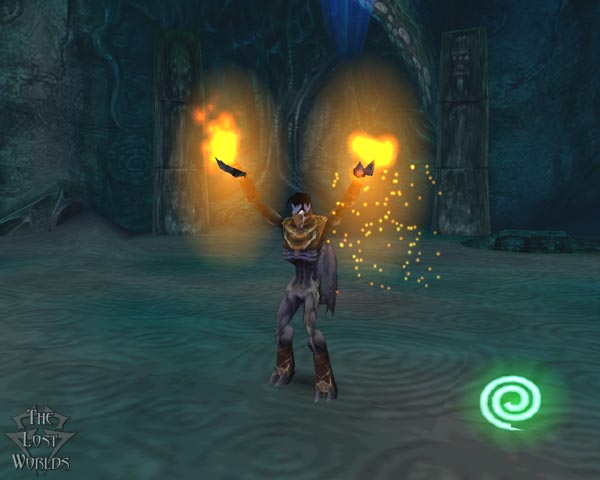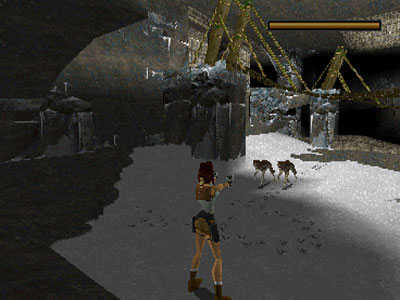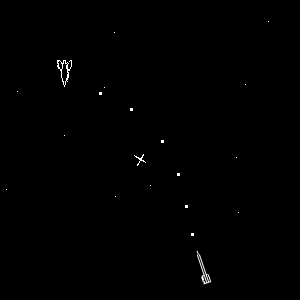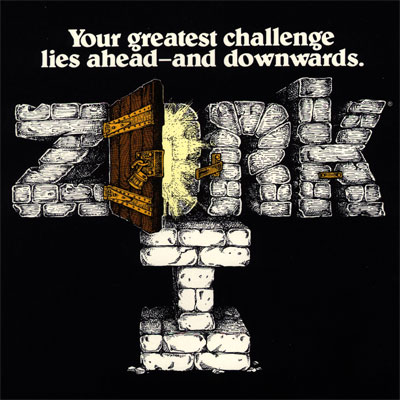My own gaming history all started when my step-dad bought a Playstation in November 1999. I was 8 years old. The first game I played was Ridge Racer Type 4. I think I remember that we had bought racing games at first, thinking that we would all enjoy them and they would be easy enough to play. At the time, Ridge Racer’s graphics were pretty good, and the controls were also quite realistic. I got the hang of playing the game pretty quick and it wasn’t long before I had completed it.
Spyro the Dragon was the first game that I owned myself. But from that point on, I played a range of games including the Resident Evil series as well as the Tomb Raider games.
The most influential game I think though was Soul Reaver. Having been one of the first games I had seen and played, and since I was quite young at the time, it made a very big impression on me. I grew up believing that it was the best game on PS1 ever and never got tired of playing it! To me, this game has an awesome story line, beautiful graphics, and fascinating gameplay. The gameplay had a great blend of clever puzzles and gory fighting. As far as I know, it was a pretty unique kind of game. I would describe it as an adventure, fantasy and horror game. I remember getting freaked out about certain underwater areas in the game. Even now, they still give me the creeps! The game didn’t have levels per sae, it was all one world, but as you achieved a certain ability, you could advance to a different area. I thought it was cool how you could run past all these areas of water, and then when you get the swimming ability, you can trace your steps and find secrets in parts you had gone past at the start. Another unique feature was being able to shift into the spirit world at any point, and as you do, the world morphs and bends around you and time stops. You sometimes had to use this ability to get further or complete a puzzle.
One thing I’ve noticed is how your thoughts on how good something looked changes over the years, and when you look at it again, you see it differently. I’ve experienced this for games, but also for drawings and films. For example, when I first played Ridge Racer Type 4, I thought that the graphics were amazing and I couldn’t see how they could possibly be better. But over the years, after seeing and playing newer games, when I look back at the game, I can see that the graphics are not as good as I first imagined. Obviously, the way you see things and what you believe is normal, changes over time as you experience gradual and continuous improvements. I remember when I was younger and was pretty bad at drawing dragons; I used to look at some sites where people had uploaded their dragon artworks. I used to think they were amazing, flawless and completely impossible to do. But not too long ago I found the same sites with the same drawings, and looking at them, now that I’m more experienced, I see that they have mistakes and are possible to do.
Although, the improving graphics of games can make them great to play, sometimes they lack the good qualities of older games. Like the story line, or interesting gameplay. When all the focus is on getting the most realistic looking game, characters, storyline and content quality begins to fall. Therefore, the kind of games I would love to play in the future would be ones that concentrate on storylines, gameplay, but also good graphics, just as long as there is a nice balance between them all. Amazing photorealistic 3D graphics does not necessarily make a game awesome to play. It can make you go “Wow” the first time, but after awhile, that impression fades, and you will end up looking for something more, and probably turn to memories of the good old classics you grew up with.






















